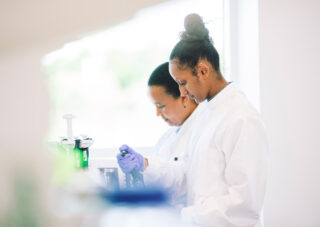BioPharm
Even blue blood can be imperfect

It’s not widely known that haemophilia was quite common amongst the royal families of Europe during 19th and 20th centuries. In fact, it was once referred to as the ‘Royal Disease’. From Britain’s Queen Victoria, through two of her five daughters (the Princesses Alice and Beatrice), haemophilia was passed to various royal houses across the continent, including those of Spain and Germany. Victoria’s son Prince Leopold, Duke of Albany, also suffered from haemophilia, and tests on the remains of the Romanov imperial family showed that the Royal Disease had reached as far as Russia.
“Freeline’s therapies, delivered in one single treatment, have the potential to provide long-term benefits to patients by carrying a therapeutic gene to target cells in the body, allowing more cells to then express therapeutic proteins for the body.”

